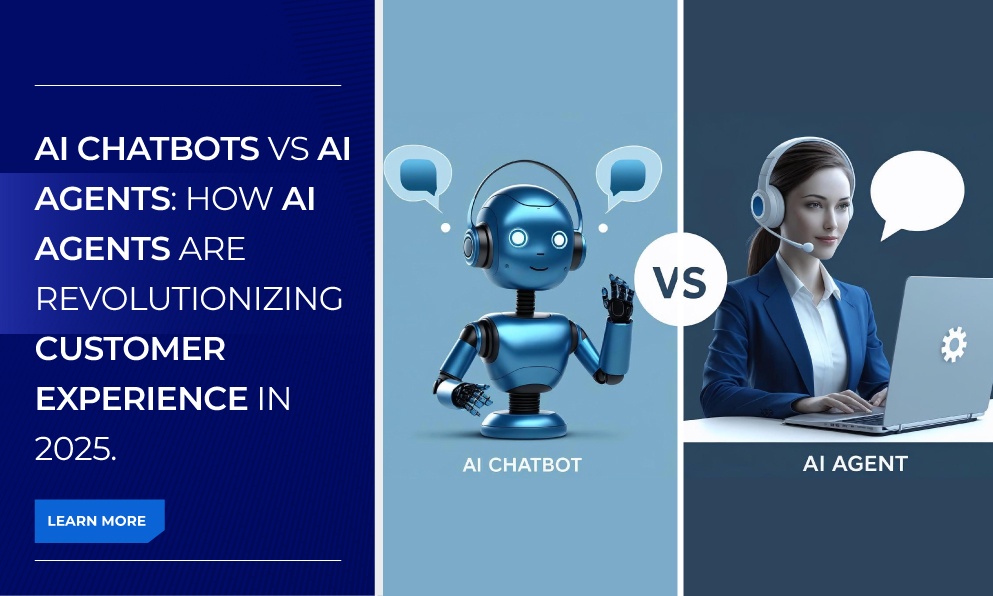The tech giants in Silicon Valley: Netflix, Amazon, Apple, Google (now known as Alphabet), and Facebook (now known as Meta) are all so profitable and successful that it seems highly competitive to reach the standard they have set. By the end of the year, the market value of the Big Five had grown to $7.5 trillion, with a combined profit of around $197 billion on more than $1 trillion in revenue.
Let's explore the overall outcome of sustainable growth in the sector and the strategies adopted to protect themselves.
What Are The Best Ways To Achieve Balanced Growth Like The Big Five?
Silicon Valley is a place associated with wealth, influence, and success. Today, a lot of entrepreneurs, researchers, and investors tend to believe that the big five internet platform businesses experience powerful network effects that inevitably push them toward domination on a worldwide scale.
In Silicon Valley, unit economics and profitability that can be sustained are all too frequently sacrificed in the name of expansion. According to the romanticized image of Silicon Valley, start-ups race to create a minimum viable product, raise money and destroy ingrained inefficiencies along the way. Experience has shown that a growth strategy that is more balanced doesn't stifle creativity.
It's not that they aren't striving to expand; many of these companies gain from the same network effects that let Silicon Valley titans achieve such incredible success. They focus on both growth and profitability, including resilience in their models, charge for the value they provide right away, and have a long-term perspective. However, they prefer to avoid the high-risk "grow or die" strategy.
According to popular thinking, firms profit by spreading out their fixed expenses. People contend that network effects are what give the internet its new, alluring size and its improved competitive edge. But this may be refuted: Platforms that learn they can break even at very low utilization levels without incurring significant, fixed expenses would put competitive pressure on any network effect-driven enterprise.
Additionally, for most of these businesses, network effects are not the main source of competitive advantage. Yes, more users mean a better networking and sharing experience on Facebook, now called Meta. To Microsoft's credit: A typical example of a network-effect company is operating systems. However, network effects were not the main cause of Apple, Google, Amazon, and Netflix's initial success. Apple is a company that sells consumer goods. Google profits from high fixed costs that are supported by ongoing learning. Both Netflix and Amazon's primary source of revenue, their initial retail operations, lack any discernible network effects.
The same competitive advantage ideas that we've long researched will determine whether all these businesses succeed or fail. Don't get me wrong, they are all excellent firms, but each succeeds for unique reasons because each offers a variety of unifying rewards rather than a single magic solution.
The distinct strengths and limitations of Google
Given that the search industry remains mostly untapped and devoid of a serious competitor, it is questionable if Google is the most powerful of all the IT behemoths. Google wasn't the first search engine, but it was the first to become widely used by the general public. Additionally, it possesses the strongest and best-defended portfolio of competitiveness in the industry. Anything much beyond that corporation was astonished by it. Although it has changed how it is structured and tightened up operations in other areas, it has a lengthy history of unsuccessful launches, including the Nexus smartphone and Google Glass.
Its endeavours to directly interact with the other tech powerhouses also failed or fared poorly compared to predictions. While Google Cloud continues to be behind Microsoft's Azure in the competition with Amazon Web Services, Google+ briefly threatened Facebook. When one sector of the market has such a lopsided dominance, it is less probable that culture will form that is designed to seek out new prospects for expanding outside of that market.
A quick overview of how Meta (Facebook) works
It benefits from having the largest social network in the world, and it has generally made wise internal investments and managed its acquisitions—such as by acquiring Instagram early and maintaining it as a standalone platform—while continuing to grow its store of users data and increasing customer stickiness. Internal emails that have lately come to light, however, show that the business is still aware of the significant challenges presented by rival "social mechanics." We're also still expecting to see a return on its $2 billion investment in virtual reality company Oculus and its $19 billion acquisition of the messaging service WhatsApp, which is still losing money and has no viable business model over ten years later. Additionally, the business is coming under scrutiny more and more for its part in the online propagation of hatred and false information, which might damage its reputation with visitors, advertisers, and the next generation of social networkers around the world.
Amazon has reshaped the culture of buying behaviour
Has it affected Walmart? Absolutely. But Walmart is still a significant competitor in the market today, and Amazon is up against direct-to-consumer manufacturers as well as traditional brick-and-mortar retailers with expanding online sales and free delivery to compete with Prime. Retail is still a challenging, fiercely competitive industry with few permanent advantages. The business has also made several dubious purchases, like Whole Foods in an unwise attempt to turn Prime Video into a serious Netflix competitor when groceries are a structurally difficult industry, and MGM. Investors could believe MGM is worthwhile even if it merely serves to stop Amazon from further increasing its excessive expenditure on original programming. Despite its mistakes, Amazon has a relentless culture and, unlike the other digital giants, has established several spectacularly successful unrelated companies that provide a significant competitive advantage—in comparison to e-commerce. One such firm is Amazon Web Services. The majority of the company's earnings come from AWS, and this will presumably be the case indefinitely.
A look at Netflix making it to the next level
Although Netflix is a tiny player in comparison to the other FAANG companies—Facebook, Amazon, Apple, Netflix, and Google—it is frequently referenced with the others since it dominates the streaming media market, which is where they all believe they should all be. Additionally, Netflix has a strong commitment to operating excellence. However, its financial model is in no way comparable to that of the traditional cable channels it is gradually displacing. Due to capacity restrictions and long-term contracts, those companies formerly enjoyed fantastically high profits. Contrarily, direct-to-consumer streaming services like Netflix have continual user turnover and rivalry from both newcomers like Apple and Amazon and established players like HBO, Disney, NBC, and CBS.
What about the Big Five's two seasoned veterans, Apple and Microsoft?
Before the booming technology by the tech giants in Silicon Valley, Apple did not own most of the market share in the significant product categories. Apple, although not the market leader in its primary sector of smartphones, it is the top earner with a market value of approximately $2 trillion and more revenue than the whole sector. The App Store and the Apple platform have generated substantial shareholder value by taking advantage of their high-end niche.
Apple is skilled at creating ground-breaking, svelte technology, but the individuals responsible for the products that made the business famous are no longer with us. The company's attempts to enter the automotive and health care sectors—where incumbents with cutting-edge technologies abound and it lacks a track record—indicate that it is aware that it needs to prepare for its next move. Even while it's had a great run, Apple's continuing financial domination is far from guaranteed in the face of its next wave of ground-breaking technology.
In contrast to other computing behemoths, Microsoft has typically given B2B markets more important than consumer ones. After veering off course and falling short of Google and Apple in the mobile OS market, it has now refocused on enhancing its core software offerings, expanding its clientele of business clients, and aggressively embracing the cloud. By using data from cloud-based apps to increase responsiveness and continuously improve, it has acquired confidence. However, it now faces formidable and nimble rivals, including Salesforce, whose takeover of Slack puts Microsoft's plans for worker productivity software in jeopardy.
What is the key to the success of other tech companies in Silicon Valley that are located close to the big five?
Let's pause a moment to think about why so many of us revere people who have succeeded in the Valley.
It's easy to understand why. If you succeed, you will have attained independence, whether it is freedom from worry about money or control over your time.
Even if the aforementioned is painfully evident, success in the modern society we live in is ephemeral. Making it to a booming technology now is harder than it was a year or two ago due to the fiercest competition ever, whether it's for a rewarding career or for producing your next transaction.
The motivation for failed startups is passion. Despite the fact that there are countless failure stories, one can never hear enough victory stories. But every success has experienced several rejections in the past, which inspires aspiring businesspeople.
“Build your identity across the visionaries and follow a proactive approach to get a better outcome," BJIT advises to Silicon Valley's newcomers. The four labour-intensive execution strategies are broken down with advice on tackling deliberate failure and iteration:
To increase the effectiveness of your work, use software tools.
Hire just the top candidates.
Does the market actually need what you're offering?
The willingness to learn and adapt to advanced technology
Ending Note
The fact is that the secret of Silicon Valley's success is still a mystery to most of the world. The success of tech giants in Silicon Valley is due in part to its workforce's high levels of education, the supply of venture capital, and its creative and entrepreneurial culture, but its strategic planning is what makes it certain. It is reasonable to conclude that there won't be another Silicon Valley anytime soon since the unique mix of first-rate resources and an inventive attitude has so far been shown to be difficult, if not impossible, to imitate.











